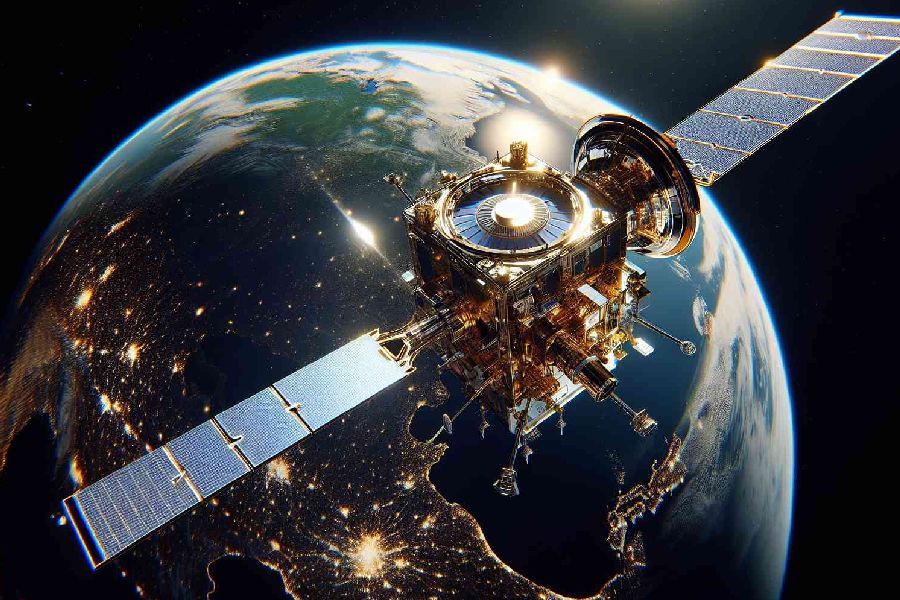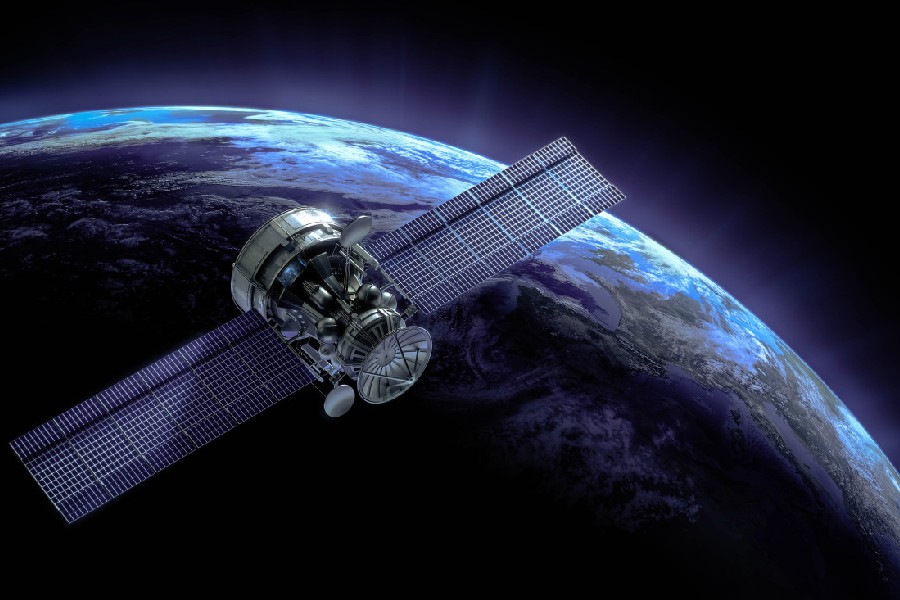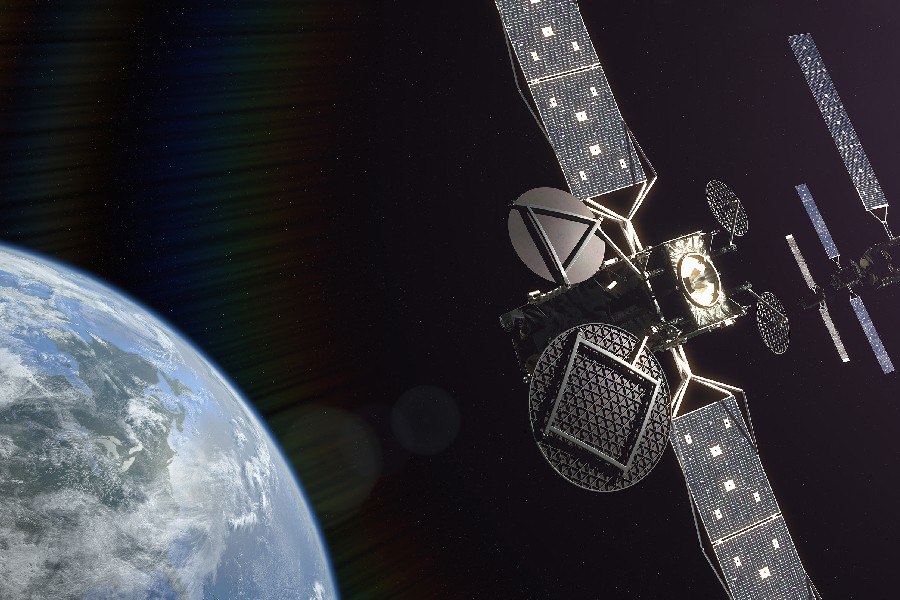With recent advancements, humanity’s reach into the cosmos is rapidly expanding. New frontiers are opening for an increasing number of future space missions.
This article explores what many organizations and private companies have planned for space missions. We will discuss ambitious upcoming projects. These projects aim to go farther out and unlock more solar system secrets.
Gain insights into key technologies driving these next-generation space exploration endeavors. These endeavors work to unravel mysteries, from the evolution of galaxies to the building blocks of life, using orbiting telescopes, landers, etc.
Let’s get started!

Future Space Missions
The upcoming space missions are dynamic and promising. Space agencies and private companies have ambitious plans for exploration, scientific research, and technological advancements.
Key initiatives include lunar exploration projects, Mars missions, and space telescopes for deep-space observation. There are also continued efforts in understanding and addressing climate change.
Additionally, advancements in satellite technology, asteroid exploration, and international collaborations are expected to shape the trajectory of future space missions.
Benefits of Space Exploration
Listing potential benefits derived from space exploration
Space missions unravel the mysteries of Earth, space phenomena, and the potential for extraterrestrial life and propel technological breakthroughs that reverberate on our home planet. Beyond scientific revelations, these endeavors foster international collaboration, creating a shared platform for nations to contribute to and benefit from space exploration.
Moreover, space exploration acts as a catalyst for inspiration, captivating entire generations and steering them toward careers in science and technology. The investments injected into these missions cultivate a dynamic innovation ecosystem, with ripple effects felt far beyond the confines of space research.
Looking ahead, the prospects of economic gains through space mining and the establishment of space-based infrastructure add a pragmatic dimension to these missions. Beyond the realms of scientific curiosity, these ventures hold the promise of long-term economic benefits.
In the pursuit of shared dreams and goals amid the challenges of space exploration, nations find common ground, fostering unity and a collective sense of purpose. Thus, space endeavors broaden our understanding of the universe and serve as a unifying force on Earth.
Contributions of space missions
Scientific insights
Space telescopes, such as Hubble, play a crucial role in unraveling the mysteries of galaxies and offering profound insights into astrophysics. Concurrently, planetary missions contribute significantly to our understanding of the solar system’s evolution and the intricacies of celestial bodies.
Additionally, experiments carried out aboard the International Space Station (ISS) contribute to advancements in our comprehension of biological processes. These experiments specifically focus on the unique conditions of microgravity and exposure to space radiation.
Technological innovations
Advancements in remote sensing, robotics, and computing designed for spacecraft drive progress in space exploration and spawn valuable applications in various sectors such as health, safety, and electronics. Simultaneously, breakthroughs in metallurgy, conservation, and life support systems, pioneered through human spaceflight, enhance resource efficiency here on Earth.
The spirit of global collaboration in space initiatives fosters partnerships, promotes peace, and aligns diverse objectives for collective advancement. Examples of such joint efforts include the International Space Station (ISS) and international coordination to allocate orbital slots.
Scientific Discovery
Highlights of scientific discoveries from past space missions
Landmark space missions, such as the Hubble Space Telescope and the James Webb Space Telescope, have unveiled groundbreaking insights. These revelations span solar system bodies, the evolution of stars and galaxies, and the discovery of exoplanets orbiting distant suns. Detailed observations across the electromagnetic spectrum have illuminated phenomena like black holes.
These missions stand as a testament to the crucial role of advanced telescopic technology. They unravel the mysteries of the cosmos, opening new frontiers for exploration and expanding our cosmic knowledge.

Role of Space Exploration in Expanding Our Understanding of the Universe
Landmark discoveries
The Hubble Space Telescope has provided evidence indicating that the universe is expanding faster than initially anticipated. Concurrently, Mars rovers have unearthed compelling signs suggesting the presence of ancient water flow on the Martian surface.
This discovery supports the notion that Mars once harbored conditions conducive to habitability. In addition, landers have disclosed fascinating details about Jupiter’s icy moons, uncovering subsurface oceans while shedding light on Pluto’s intriguing features, including glaciers composed of methane ice.
Contributions to astrophysics and cosmology
Detailed supernovae studies explained the accelerating expansion of the universe and its composition. Analyzing light from galaxy clusters provided estimates for the observable universe’s age and size. Also, missions focused specifically on detecting exoplanets found thousands orbiting nearby stars, highlighting the potential for life.
Challenges in Space Exploration
Addressing technical, logistical, and human challenges
Technical hurdles
Engineering fully autonomous, fault-tolerant systems for years of space operations is highly challenging. Components must withstand acceleration forces, vibration, extreme temperatures as well as radiation during transit and surface operations.
Logistical complexities
Coordinating system development, testing, launch, and ground operations with multiple international partners introduces schedule and cost risks. The challenge is compounded when overseeing deep space missions across vast distances, necessitating upgrades to aging infrastructure.
Human factors and considerations
Extended periods in space present heightened health risks, encompassing issues such as vision problems, bone loss, cancer, and psychological challenges that demand comprehensive crew support. The persistent challenges lie in addressing radiation dangers, ensuring a continuous supply of provisions, and maintaining crew safety in inherently hostile space environments.
The Future of Space Exploration
Potential for future space exploration
Several audacious missions are currently in the design phase and development. These missions target outer planet moons, asteroids, and the launch of next-gen telescopes.
They are set to launch over the coming years and decades as space technology rapidly advances. These endeavors are poised to push the boundaries of cosmic exploration, aiming to unveil unprecedented details about the distant reaches of our solar system and beyond.
As we eagerly anticipate these ventures, the evolving landscape of space exploration promises a future rich with discoveries. These discoveries will further reshape our understanding of the universe.
Advancements and breakthroughs in space technology
Upcoming missions and projects
NASA aims to launch the Europa Clipper probe to study the icy crust on Jupiter’s moon for signatures of alien life. Its Orion spacecraft will enable extended human exploration missions to cislunar space soon. Moreover, SpaceX Starship aims for cargo and human flights to the Moon and Mars.
Technological developments on the horizon
The integration of artificial intelligence and robotics will enhance spacecraft autonomy, thereby diminishing the reliance on ground support. Simultaneously, design enhancements utilizing 3D printing techniques may yield spacecraft structures and instruments that are not only lighter but also more cost-effective.
Furthermore, quantum computing promises to transform space communications and navigation infrastructure. This ushers in a new era of capabilities in these critical aspects of space exploration.

Cost and Resources Required
Proposed complex missions to outer planets and establishing a sustained human presence beyond Earth’s orbit require billions in funding. This funding comes from space agencies and private companies. It is needed for technology development, spacecraft builds, and ground infrastructure, among other needs.
Additionally, these ambitious endeavors demand substantial financial investment, collaboration across international space organizations, and partnerships with private enterprises. The intricate planning and execution of these missions necessitate a global effort.
Potential economic returns and benefits
Cost considerations
A typical flagship robotic science mission costs several billion dollars, accounting for long-duration design, testing, and operation. For example, the Artemis program’s goal for a crewed lunar outpost by 2028 expects over $30 billion to be allocated over this decade.
Economic impact and returns
Investing in intellectual property and the growth of the commercial space industry, fueled by continuous space exploration, yields significant socioeconomic returns. Expanding knowledge bases and technological capabilities positions us for long-term benefits and creates a ripple effect across the economy. This provides advantages to numerous sectors.
Safety Risks Involved
Deep space missions present significant challenges with multiple potential failure points in launch vehicles. Astronauts face physiological threats such as microgravity and space radiation, which can impact their health during prolonged missions. The isolation and confinement inherent in space travel further contribute to psychological issues, compounding the complexities of these missions.
To mitigate the risks associated with launch vehicle failures, an imperative lies in enhancing vehicle reliability through rigorous quality checks. However, ensuring crew safety encompasses more than just technical aspects.
Critical factors include effective radiation shielding, comprehensive training in emergency medical procedures, and advancements in spacecraft autonomy. These enhancements are vital by facilitating faster response times to unforeseen challenges and safeguarding the well-being of astronauts during their deep space journeys.
Conclusion
Future space missions are ambitious in their scientific and technological aspirations. We hope analyzing missions in development like Europa Clipper, Orion and SpaceX Starship provides improved insight into upcoming exploratory potential.
While challenges certainly exist in undertaking these future voyages, they expand the boundaries of knowledge and innovation for all. Vast distances and extreme conditions demand advancements, so inherent risks are minimized to ensure crew safety.
With AI and automation reducing costs, the economic benefits from intellectual property and an energized space industry should outweigh the investments needed. This article showcased why space missions remain imperative for technological, scientific and social progress by envisioning the incredible opportunities emerging amidst the cosmos.
